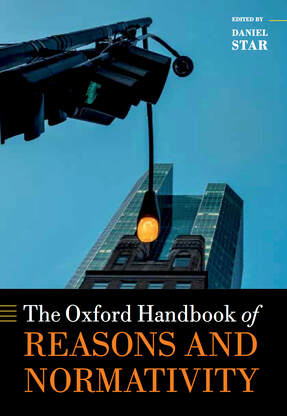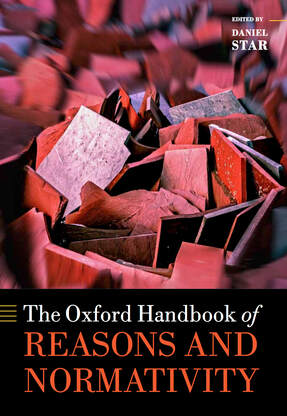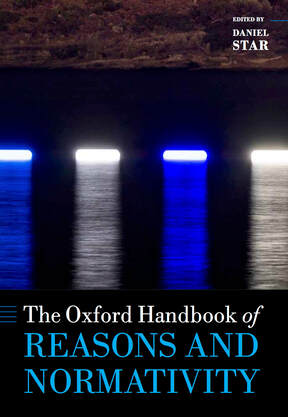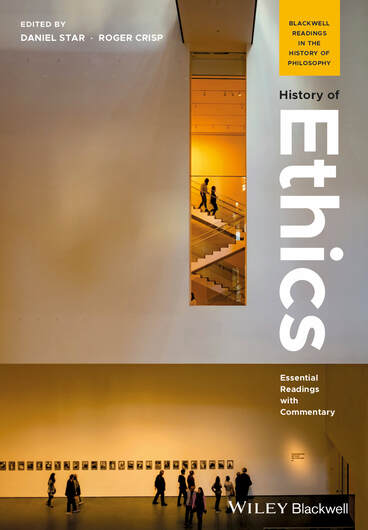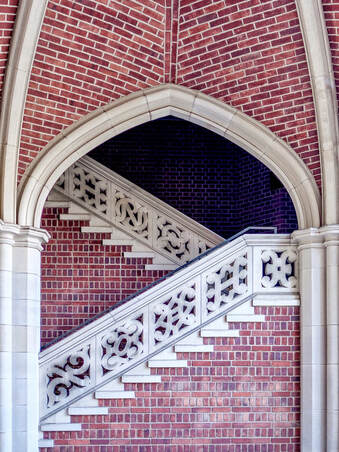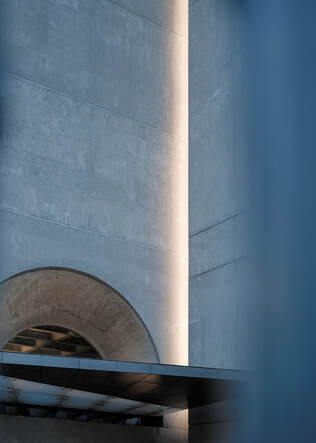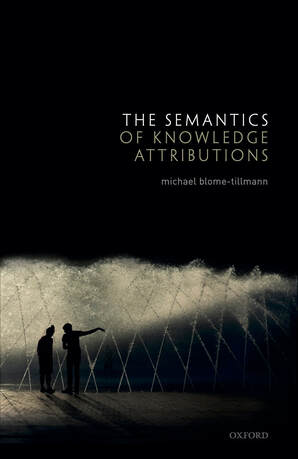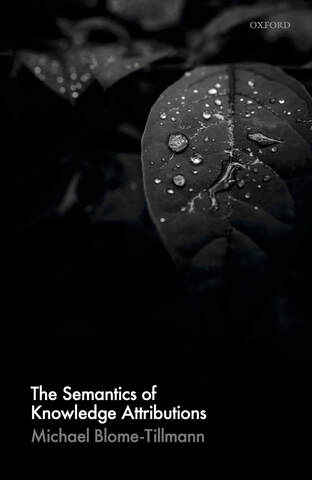UPDATE (early November, 2023): Aeon magazine recently published an online article I wrote on photography.
I update my photography website, Scrivadelly Photography, on an occasional basis. There I am continually experimenting with the curation process that has historically been a large part of what photography is all about. This process involves making careful choices regarding the sequencing and juxtaposition of photographs. My hope is that the viewer will explore the galleries on my website by looking not only at the individual photos, but also at how they are related to each other.
So far, six of my photographs have appeared on professional book covers – three on my own books, and three on books by other authors or editors. If you are writing a book and think you might like to use one of my photos, drop me a line and we can discuss this possibility. Knowing Better was the first book to feature one such photo. The cover photo is one that I took when I was a graduate student in Oxford. I like the fact that unless people know the doors in Jericho that feature here (and even people who live in Oxford normally report not having seen them) they tend to guess the scene is from elsewhere. The doors might be said to represent the two approaches to moral knowledge that I discuss in the book.
I update my photography website, Scrivadelly Photography, on an occasional basis. There I am continually experimenting with the curation process that has historically been a large part of what photography is all about. This process involves making careful choices regarding the sequencing and juxtaposition of photographs. My hope is that the viewer will explore the galleries on my website by looking not only at the individual photos, but also at how they are related to each other.
So far, six of my photographs have appeared on professional book covers – three on my own books, and three on books by other authors or editors. If you are writing a book and think you might like to use one of my photos, drop me a line and we can discuss this possibility. Knowing Better was the first book to feature one such photo. The cover photo is one that I took when I was a graduate student in Oxford. I like the fact that unless people know the doors in Jericho that feature here (and even people who live in Oxford normally report not having seen them) they tend to guess the scene is from elsewhere. The doors might be said to represent the two approaches to moral knowledge that I discuss in the book.
When it came to choosing a cover image for The Oxford Handbook of Reasons and Normativity, I felt somewhat torn between three possibilities. In the end, I went with a photo taken in New York of a green traffic light, a lamp, and some buildings in the background. As with a number of my other photos, I purposely created an image with an unusual and unrealistic perspective. The traffic light might be taken to allude to norms and reasons, and the light from the lamp might be taken to suggest the possibility of philosophical reflection casting light on the nature of such things. The second cover image I considered is a radical reworking of Richard Long’s Slate Oasis. Although this cover would have been particularly striking, we didn’t use it because we assumed that we would need to pay a large sum of money to the Turner prize winning sculptor. The third cover image I considered is an abstract long exposure shot that I took at night near some lights and the sea in Bodrum, Turkey.
For History of Ethics: Essential Readings with Commentary (co-edited with, and commentary co-authored by, Roger Crisp), my first choice was a wide angle photograph that I took at the Museum of Modern Art in New York. I didn’t have permission from MoMA to use the image, so we went with the second image below, which is a more appropriate image for a history of ethics textbook, in any case. It’s a black and white photo of light spilling in to a dark cloister in a Princeton University building. It’s not actually a very old building, which makes my use of it for this book a little odd, perhaps, but one might still think it’s a fitting choice, given that philosophers are often in the business of remodeling older ideas.
I took the photo of the cloisters during a year I was on sabbatical with my family in Princeton. While I was there, Errol Lord asked me to take a photograph of the staircase leading up to a room where he spent a lot of time when he was a graduate student, in order that he might use it for the cover of his monograph. I intentionally created an image with an unusual, flat perspective.
The fifth of my photographs to have been used on a book cover is a photo of an I. M. Pei building in central Boston, where you can see the early evening light leaking in between parts of the building. Doug Portmore decided to use this image for the cover of the Oxford Handbook of Consequentialism.
A sixth book featuring one of my photographs is Michael Blome-Tillmann's The Semantics of Knowledge Attributions. Michael selected the first of the mockups prepared by OUP, below. I agree with him that it's the best of these options for his book, although I also rather like the look of the second, merely imaginary book cover.
Aeon magazine recently published an online article I wrote on photography. It is about the idea that photographs of people can capture their essence, and the relation of veracity to photography more generally. I would have liked the article to have included some more famous photographs, but that sadly was not to be, as I detail here. My first attempt to write on photography was for a blog post on Aesthetics for Birds where I reflected on the then popular social media tag #nofilter. In retrospect, I think I should have presented this piece in a way that was less about criticizing use of that tag, and more about making the simple but important point that there is no filter-neutral way to produce a photograph: one can either wrestle with the question of how best to control how exactly one’s image is filtered (this is necessary even if, indeed especially if, one is aiming for realism), or defer to a particular manufacturer’s purposely crafted filter that is, as a matter of necessity, provided with your camera (or with a particular type of film, or with a particular default rendering in editing software). I subsequently tried my hand at being an art critic for this piece on the same website.
Academically speaking, photography and aesthetics are fairly recent, post-tenure interests for me. I have now twice taught an advanced contemporary aesthetics and philosophy of photography course. In 2020, I presented a paper on photography and artistic luck in a symposium session at the Central American Philosophical Association meeting in Chicago, and then online at the American Society for Aesthetics annual conference (this is now a forthcoming publication in Debates in Aesthetics). I also gave a talk on aesthetic normativity at the American Society for Aesthetics annual conference in late 2021, and am presently coauthoring a paper on aesthetic judgments and appreciation. I am writing a book on the ethics of photography, which is under contract with Oxford University Press. I have recently been giving department talks and conference presentations that correspond to chapters of this book.
Academically speaking, photography and aesthetics are fairly recent, post-tenure interests for me. I have now twice taught an advanced contemporary aesthetics and philosophy of photography course. In 2020, I presented a paper on photography and artistic luck in a symposium session at the Central American Philosophical Association meeting in Chicago, and then online at the American Society for Aesthetics annual conference (this is now a forthcoming publication in Debates in Aesthetics). I also gave a talk on aesthetic normativity at the American Society for Aesthetics annual conference in late 2021, and am presently coauthoring a paper on aesthetic judgments and appreciation. I am writing a book on the ethics of photography, which is under contract with Oxford University Press. I have recently been giving department talks and conference presentations that correspond to chapters of this book.


